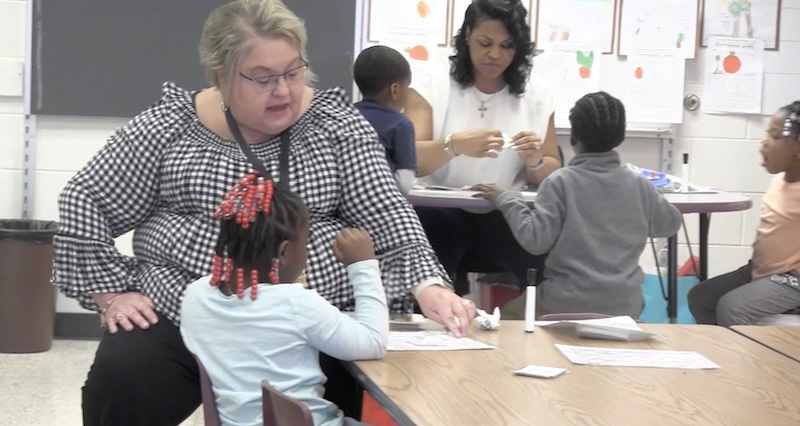
Our nation could reverse and completely recover from student learning slides with three moves:
1. Embed small-group tutoring in regular classrooms by boosting the time all adults spend on it for all students.
2. Spread accountable teacher-leader roles reserved for teachers with prior high growth or similar results. These leaders can organize schedules and lead adults to ensure that small-group tutoring lessons are determined by data about what students need.
3. Invest in completing high-quality instructional materials with differentiated lessons ready for small groups, in core subjects, for all grades. Rate instructional materials according to their student learning results, first and foremost.
Teams led by great teachers can incorporate a variety of tutors and tutoring modes—including other teachers, paraprofessionals, aspiring teachers, community volunteers, and even AI tutors.
Some schools have already caught on. One school in North Carolina’s Wilson County got off-the-charts student growth using teacher-led teams to propel tutoring. And in Virginia, Winchester Public Schools offers another example, with state-leading growth in several grades and subjects.
And Ector County ISD in Texas was one of nine districts flagged as “District Success Stories” by the Education Recovery Scorecard from the Center for Education Policy Research, the Stanford Educational Opportunity Project, and others.
Tutoring could move from reaching a small fraction of students who need it to all students, if state, district, and school leaders commit to “small for all, by all” and design schools accordingly.
Do you have other examples to share? Tell us!
Like this post? Follow Bryan Hassel and Opportunity Culture on LinkedIn for more.
Related:
